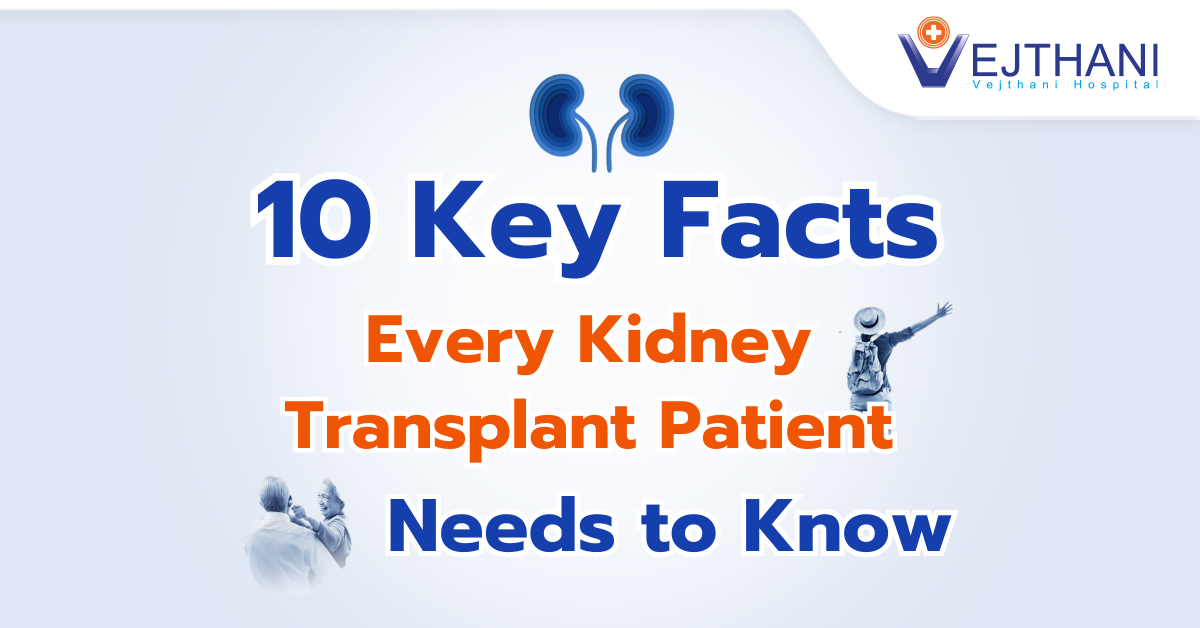
Femoral nerve block
Overview
A femoral nerve block involves the injection of medication near your femoral nerve to provide temporary pain relief or regional anesthesia. This procedure can be administered as a single injection or through a continuous flow of medication. The femoral nerve, one of the largest in your leg, runs down the front of your thigh and plays a crucial role in both motor and sensory functions, aiding movement and sensation in your hips, legs, ankles, and feet. By blocking pain signals from reaching the brain, the femoral nerve block can also temporarily “paralyze” your thigh and hip muscles for the duration of the medication’s effect.
The injection for a femoral nerve block is administered in the middle of the upper thigh near the pelvis. This area is where the femoral nerve, originating from the lumbar plexus nerves, is located. The lumbar plexus is a network of nerves arising from the lower back section of the spinal cord, which then extends down to the thigh.
When a femoral nerve block is applied, it can temporarily affect the quadriceps femoris (quad muscles) at the front of the thigh, as well as the hip flexor muscles, which include the psoas major and iliacus muscles. Healthcare providers primarily use this type of nerve block to provide regional anesthesia for procedures involving the thigh or knee regions.
Reasons for undergoing the procedure
Healthcare providers frequently use femoral nerve blocks for specific surgeries and to alleviate pain from acute (sudden and severe) injuries.
Regional anesthesia for surgeries
Surgeons utilize femoral nerve blocks to deliver regional anesthesia for various procedures, including:
- Repairing quadriceps muscle tears and tendon ruptures.
- Removing a knee hematoma (pooling of blood under the skin) following total knee replacement (arthroplasty) surgery.
- Performing surgery on the patella (kneecap), such as repairing a patella fracture.
- Conducting quadriceps muscle biopsies.
- Stripping the long saphenous vein (removal or tying off of the saphenous vein).
For certain procedures, surgeons may employ additional nerve blocks, such as a sciatic block or obturator block, alongside general anesthesia. Femoral nerve blocks are also used to manage pain after significant femur (thigh bone) and knee surgeries, such as total knee replacements, typically administering a continuous nerve block in these cases.
Pain relief (analgesia)
Healthcare providers may use femoral nerve blocks to provide pain relief after severe injuries, including:
- Femur fractures.
- Hip fractures.
- Femoral neck fractures (a specific type of intracapsular hip fracture).
- Patellar injuries.
These blocks are generally performed in an emergency department to enhance comfort during physical exams and X-rays. They also help alleviate pain during the manipulation or closed reduction of displaced broken bones.
Risk
Although they are uncommon, femoral nerve block risks can include:
- Nerve injury that may be temporary or permanent.
- Allergic reactions to the medication.
- Hematoma (accumulation of blood outside of blood vessels).
- Infection at the injection site.
- Local anesthetic systemic toxicity, an uncommon but serious reaction to local anesthesia that, should it arise, needs to be treated right away by your healthcare team.
Because of potential quadriceps muscle weakness, a femoral nerve block could heighten the risk of falls during hospital recovery after surgery. Your healthcare provider will discuss this concern with you and provide guidance on fall prevention strategies.
Before the procedure
In most cases, there is no additional preparation required if you are having a femoral nerve block for acute injury pain treatment.
Your healthcare provider will provide you with particular instructions if you are having a femoral nerve block for surgery. You might be required to stop taking certain medications and fast (eat or drink nothing but water) before to the procedure.
During the procedure
Depending on whether a femoral nerve block is being performed for surgery or acute pain, the procedure may change slightly. It may also differ depending on whether a continuous catheter flow or a single injection is used.
Following a femoral nerve block, you can anticipate the following:
- Lying on the procedure table on your back.
- A mild sedative may be administered through an IV line in to help you relax.
- During the procedure, healthcare providers will monitor vital signs such as blood oxygen levels using a pulse oximeter, heart health with an EKG, and blood pressure.
- The healthcare provider may utilize imaging techniques such as ultrasound to accurately locate your femoral nerve and determine the precise injection site.
- Also, they may employ a nerve stimulator, which involves inserting a needle connected to a stimulator machine into your nerve. The stimulator emits electrical signals, and the healthcare provider identifies the correct nerve location by observing twitching in your patella.
- To numb the area where the nerve block will be given, the healthcare provider will inject a local anesthetic. As the needle pierces your skin, you can still feel a pinch or some minor discomfort.
- If only one injection is required, the medication will be injected as close to the affected nerve or nerves as possible. If the medication is administered continuously, a catheter—a small, flexible tube—will be inserted close to your nerve and taped to your skin with medical tape.
After the procedure
A femoral nerve block offers effective pain relief for surgeries and acute injuries, potentially reducing the need for opioid medications. This approach helps mitigate the risks associated with opioid use, such as addiction, and facilitates earlier hospital discharge compared to opioid reliance alone.
Outcome
Femoral nerve blocks are typically highly effective for providing temporary pain relief. The choice of anesthetic type, strength, and dosage administered by your healthcare provider influences the onset, duration, and area of pain relief. Your provider will provide tailored information based on your specific situation to help you understand what to expect.
If the nerve block does not achieve the desired pain relief, your healthcare team will discuss alternative options with you. It’s important to promptly notify your healthcare provider if you experience any new symptoms or complications from the femoral nerve block, such as infection or nerve-related issues like burning pain, weakness, or tingling.
Contact Information
service@vejthani.com






















